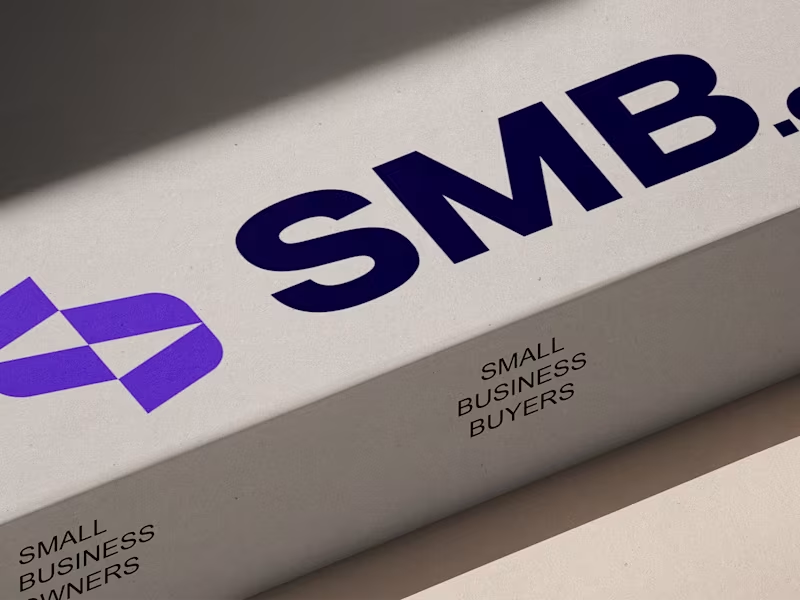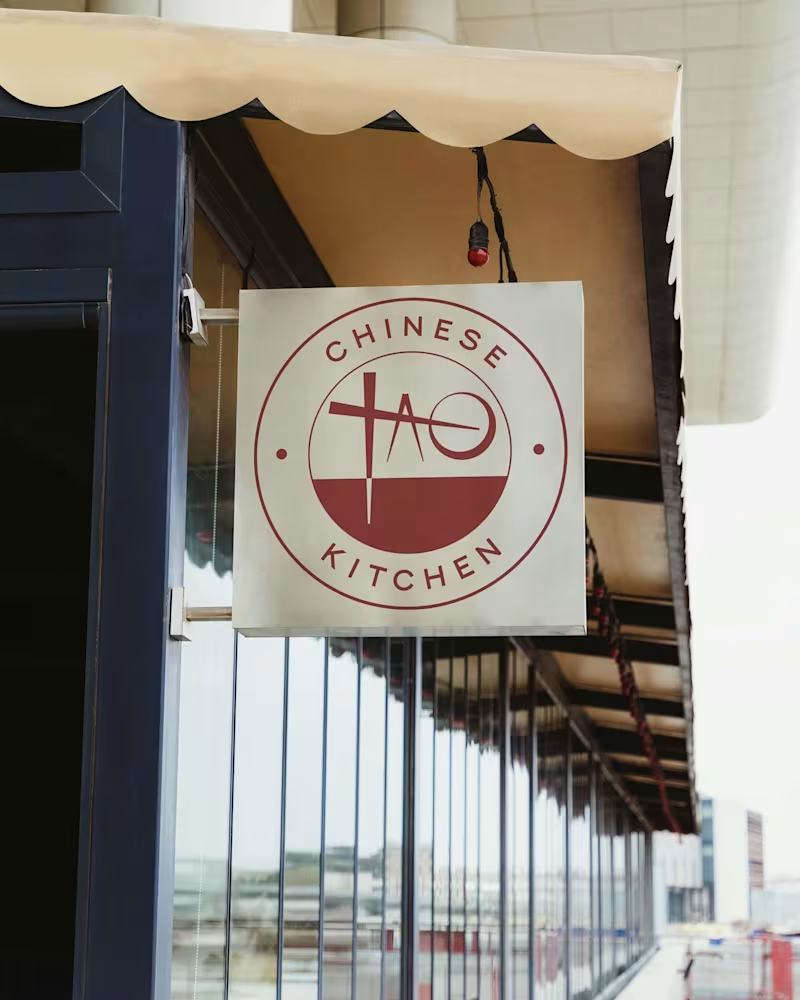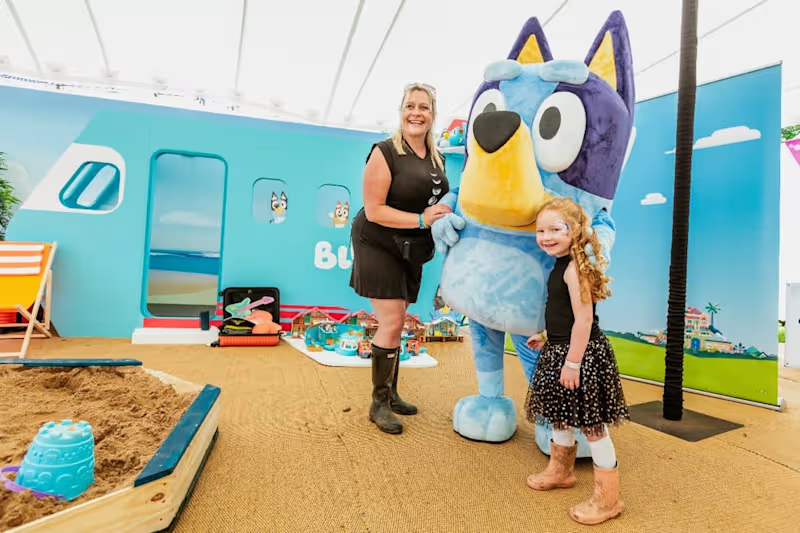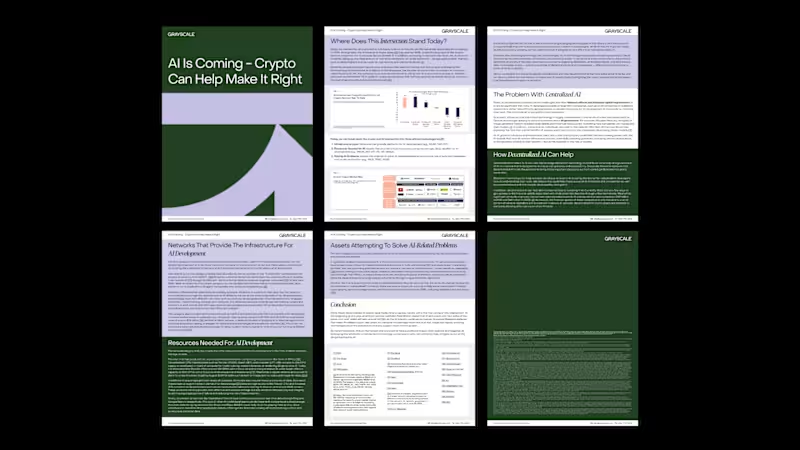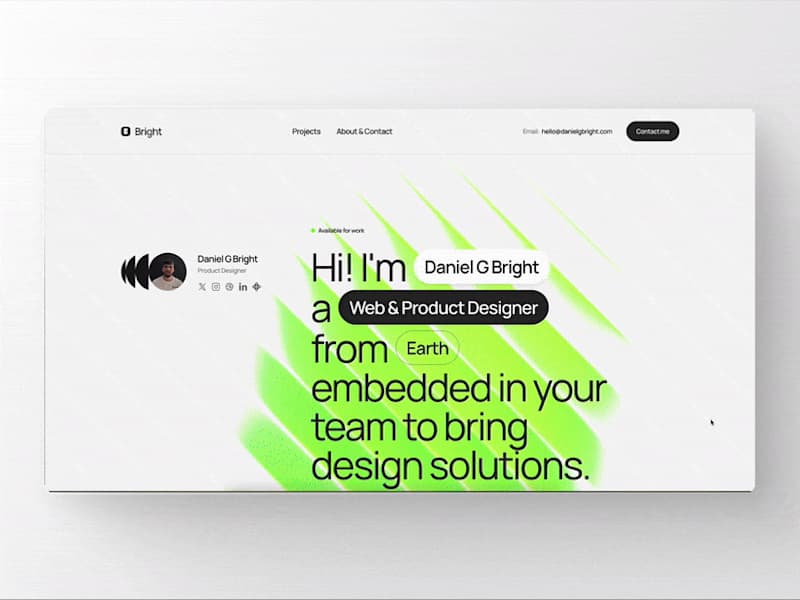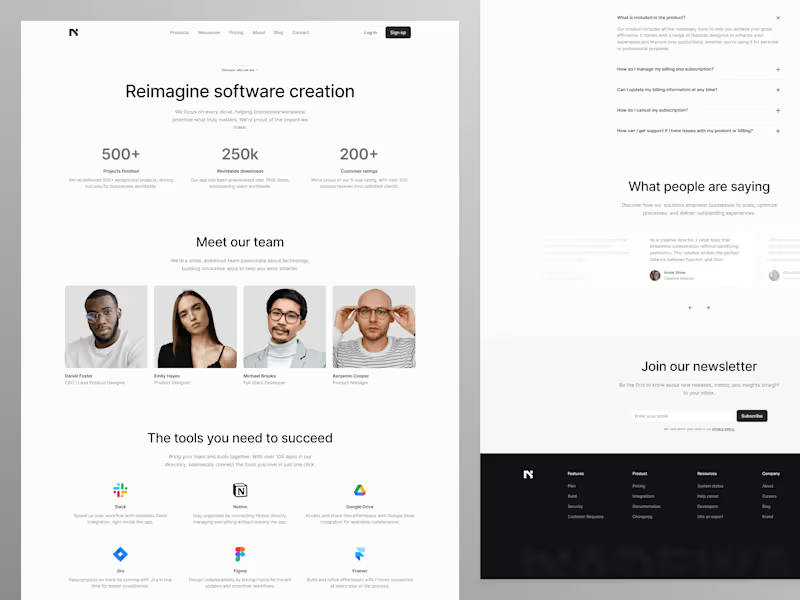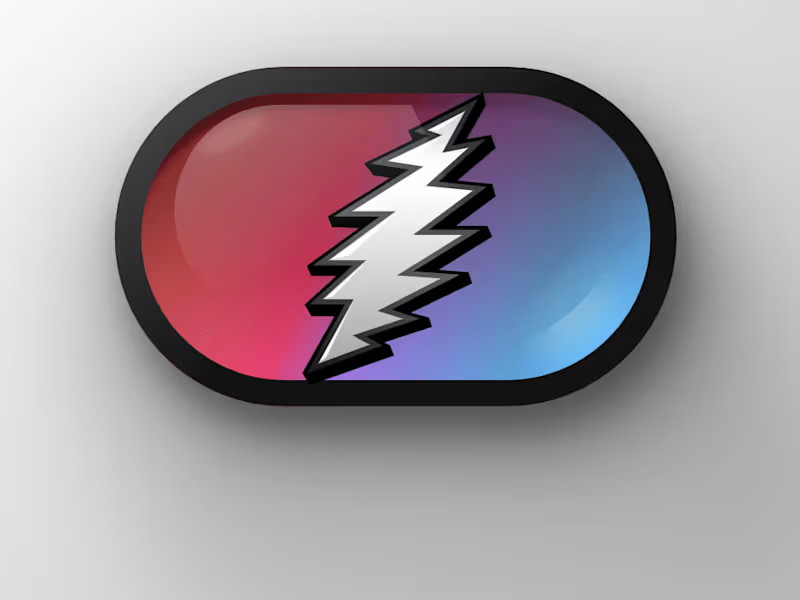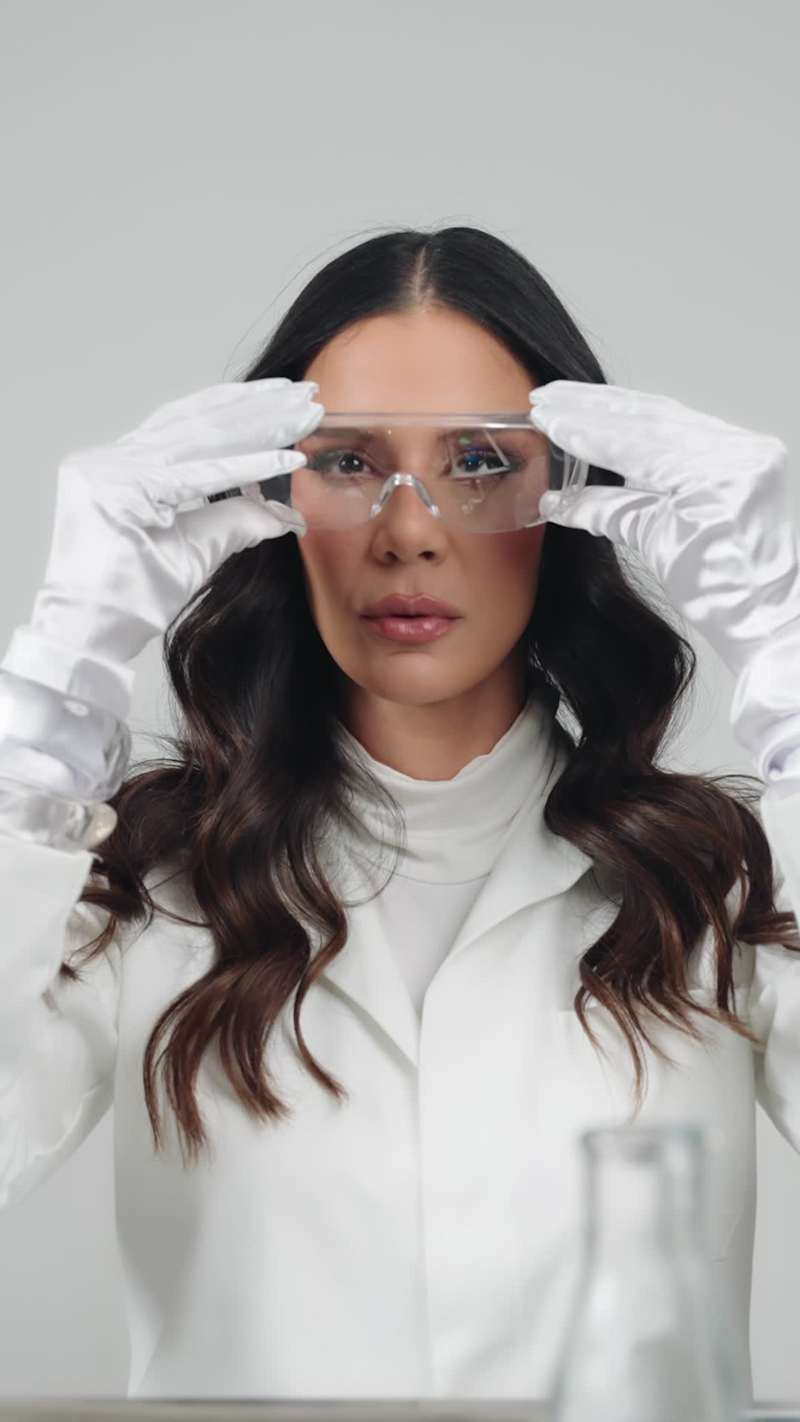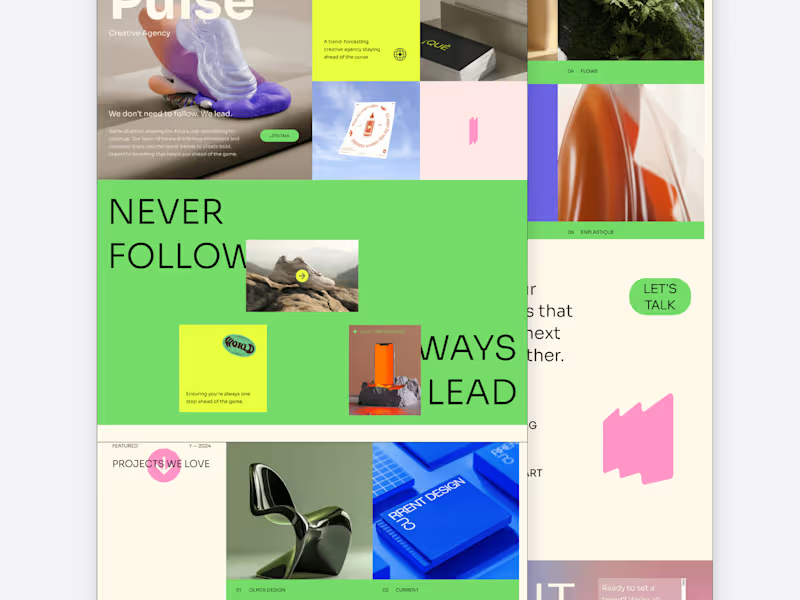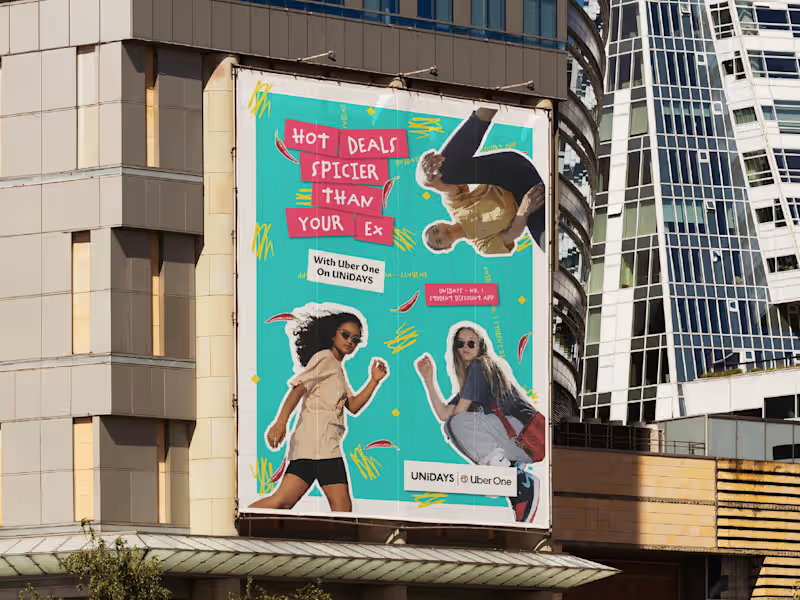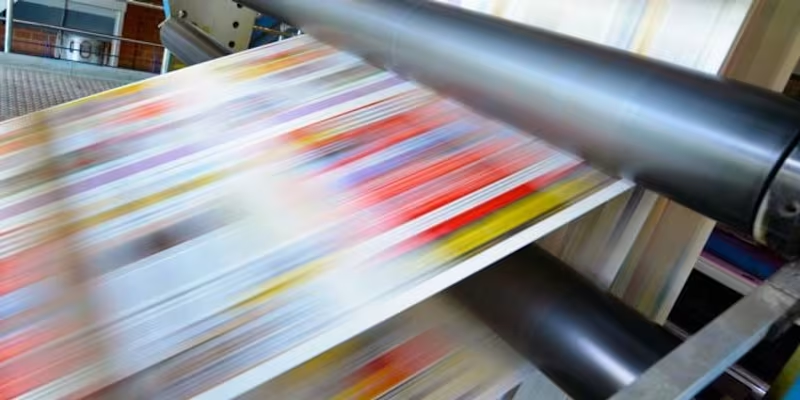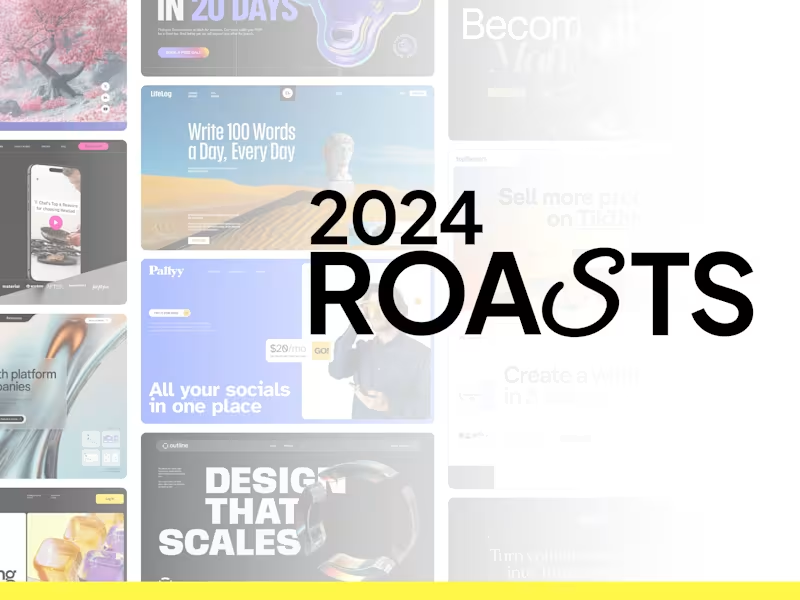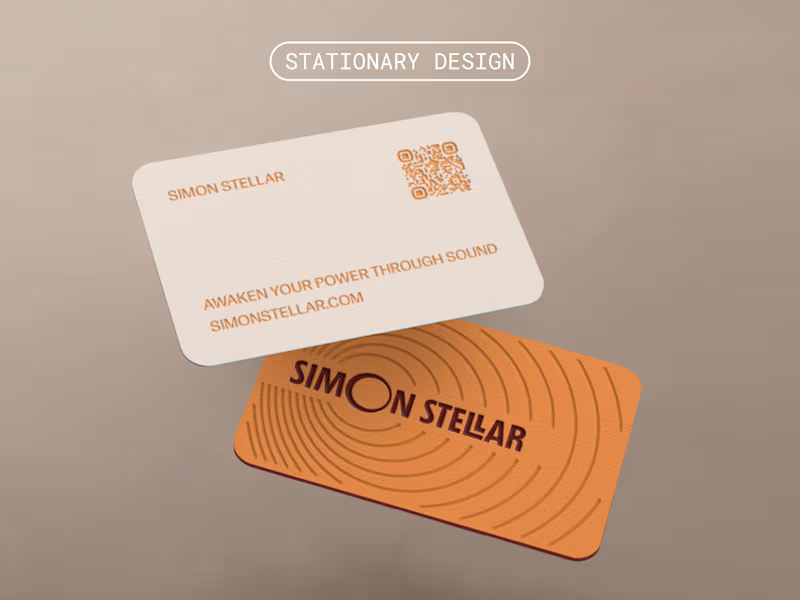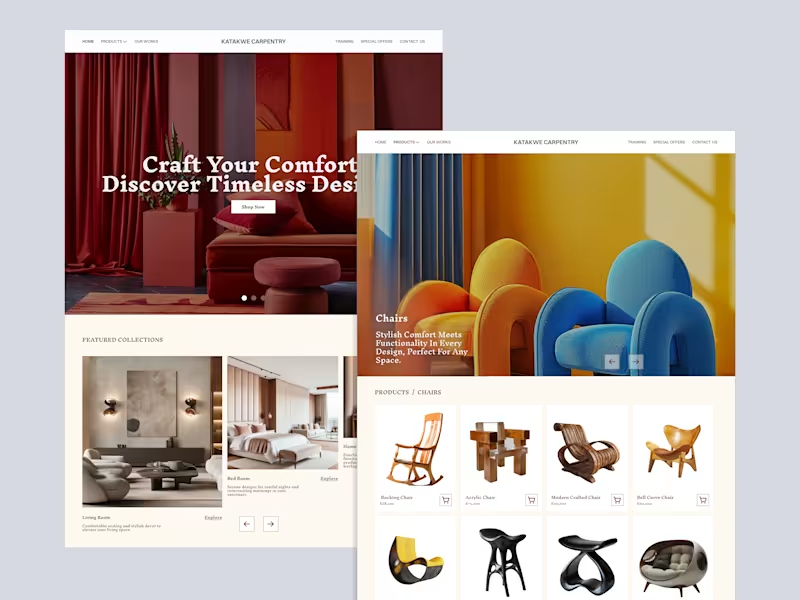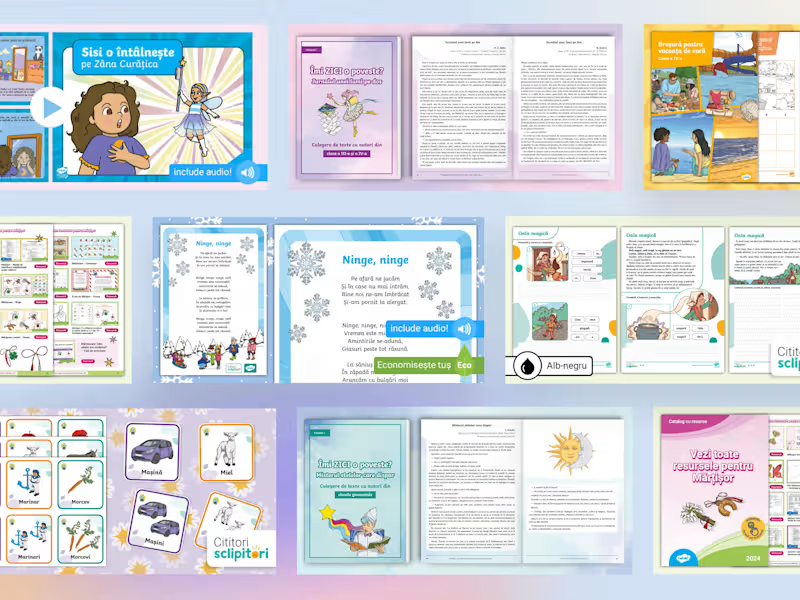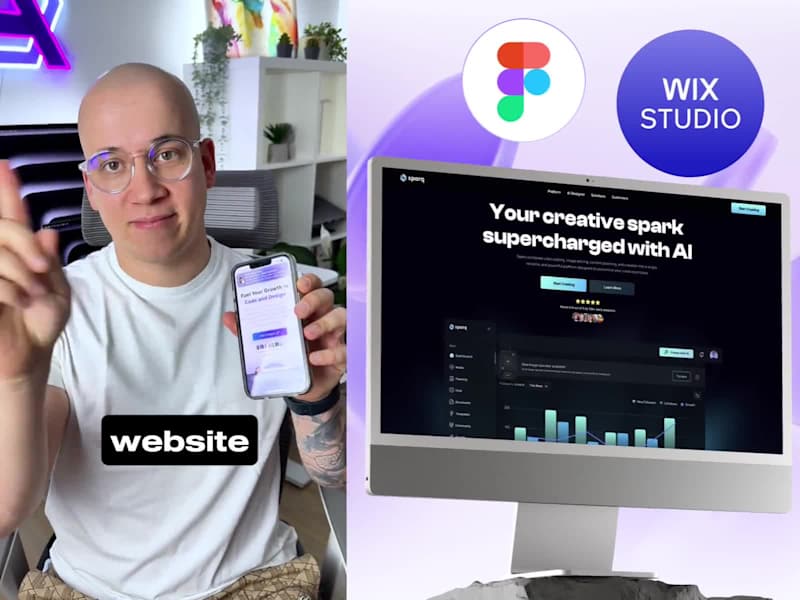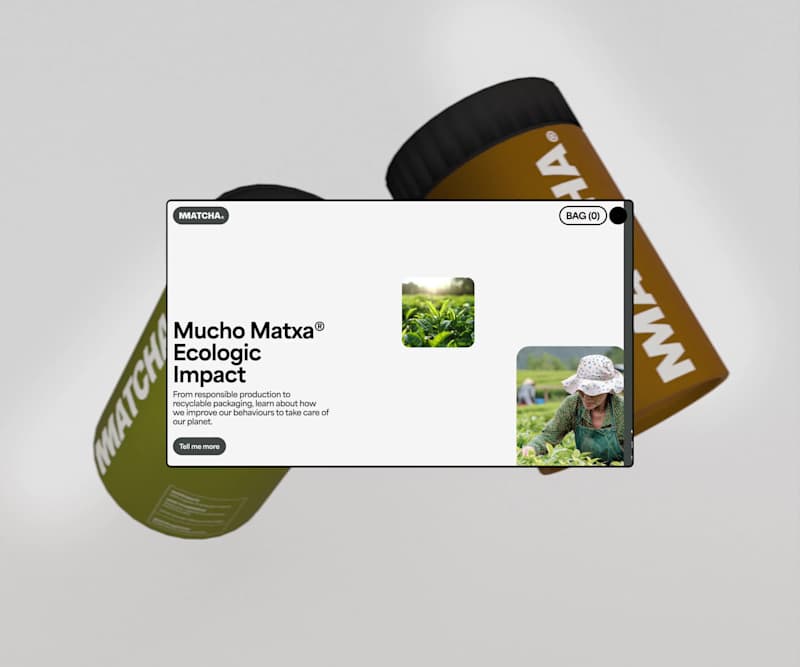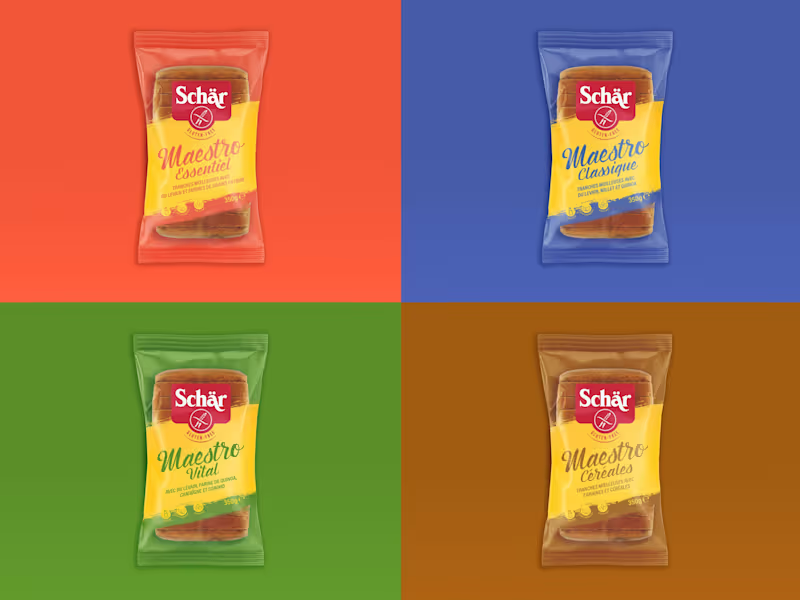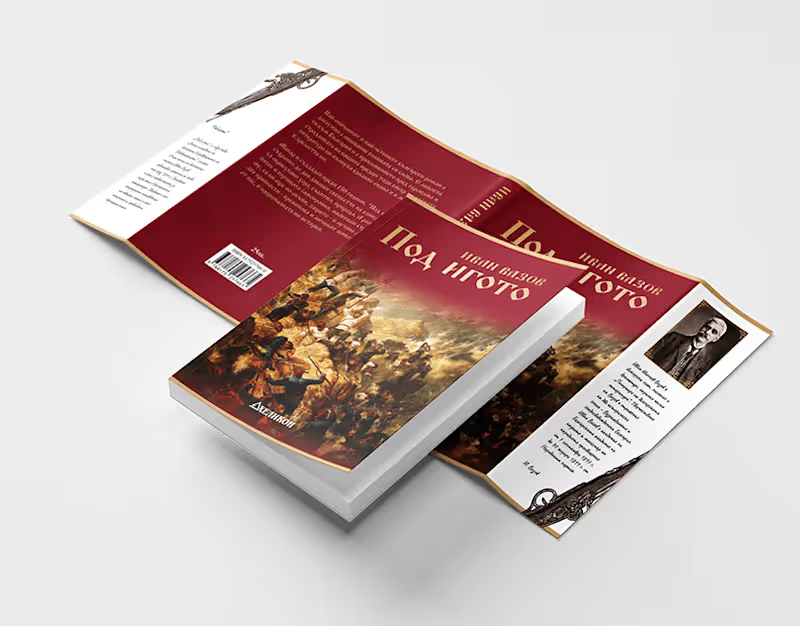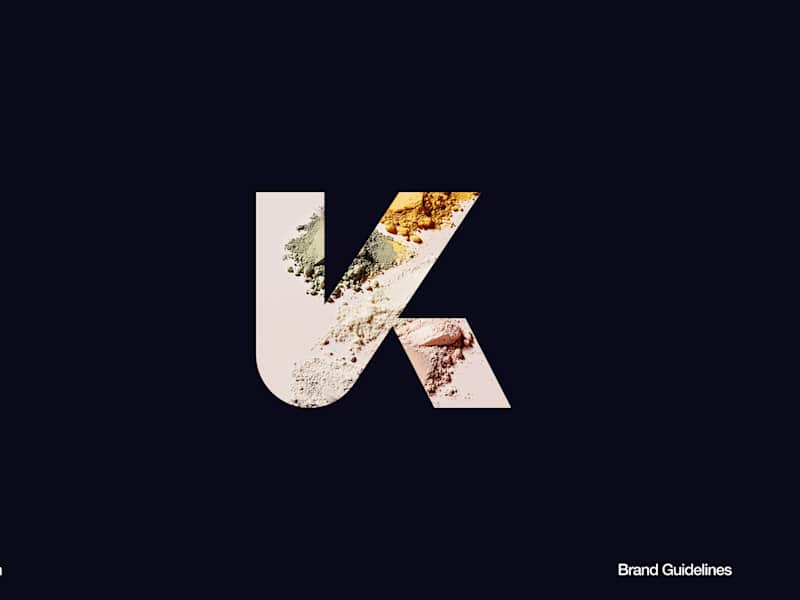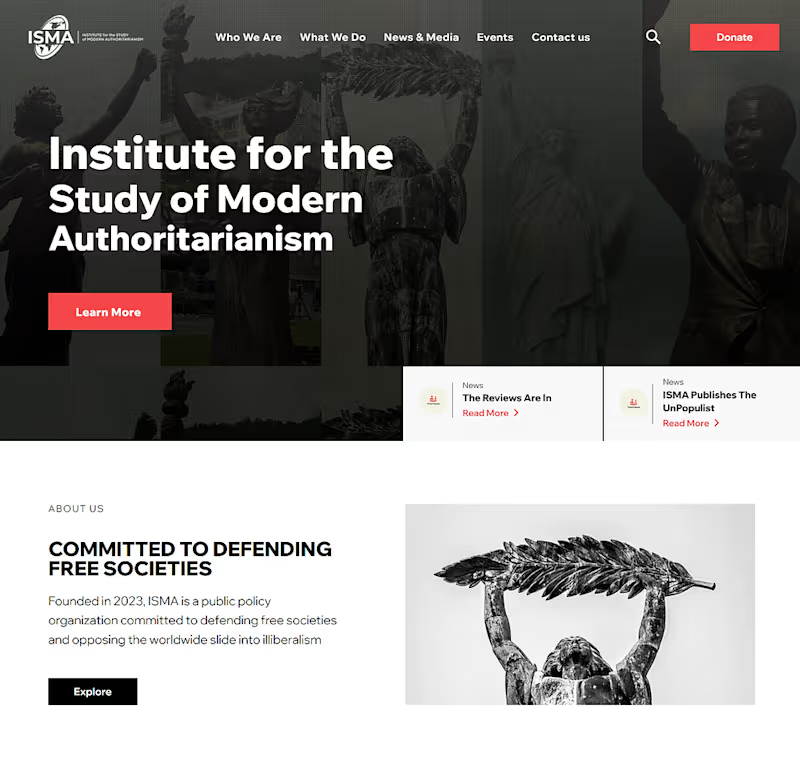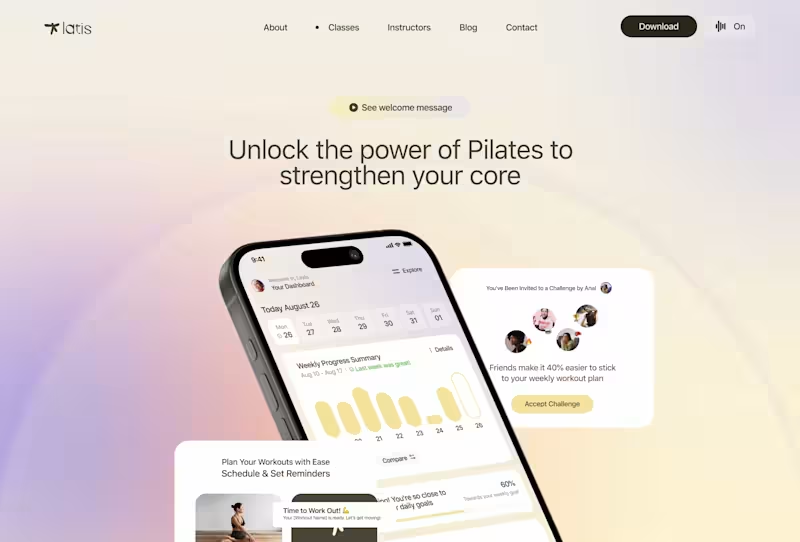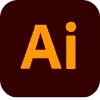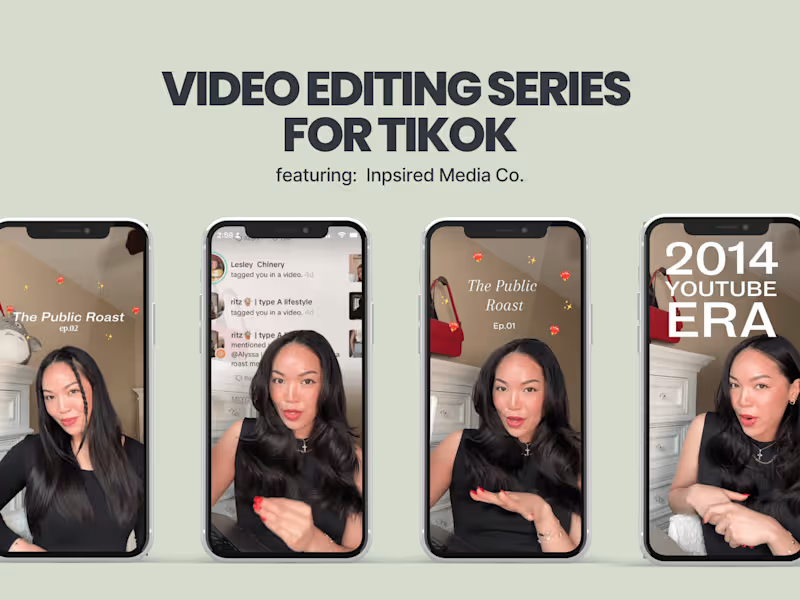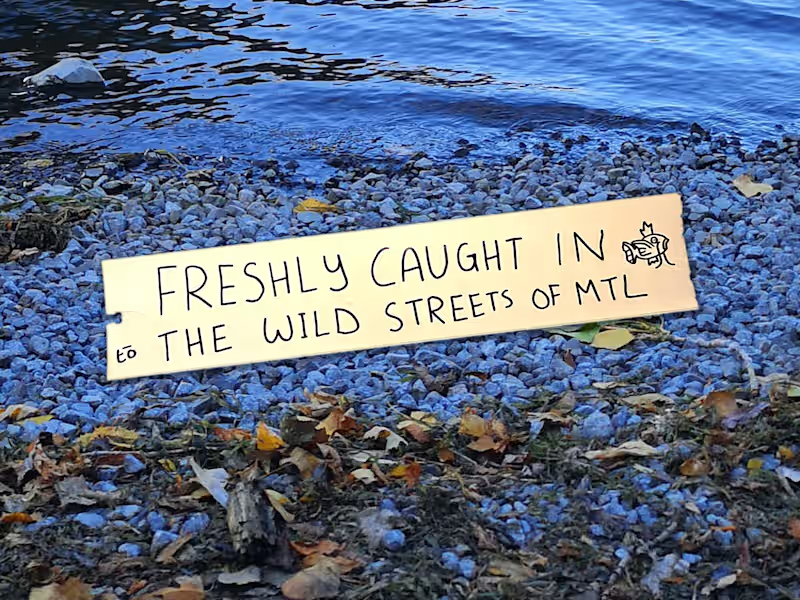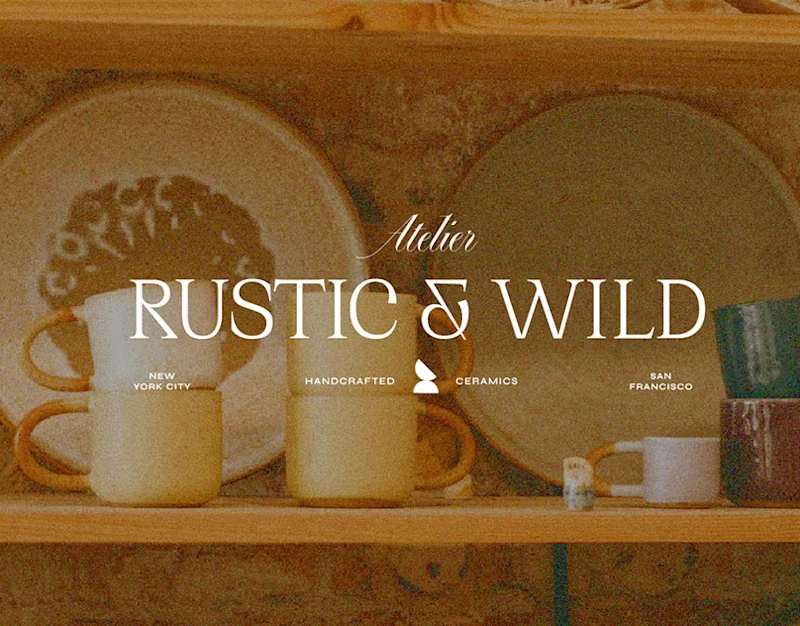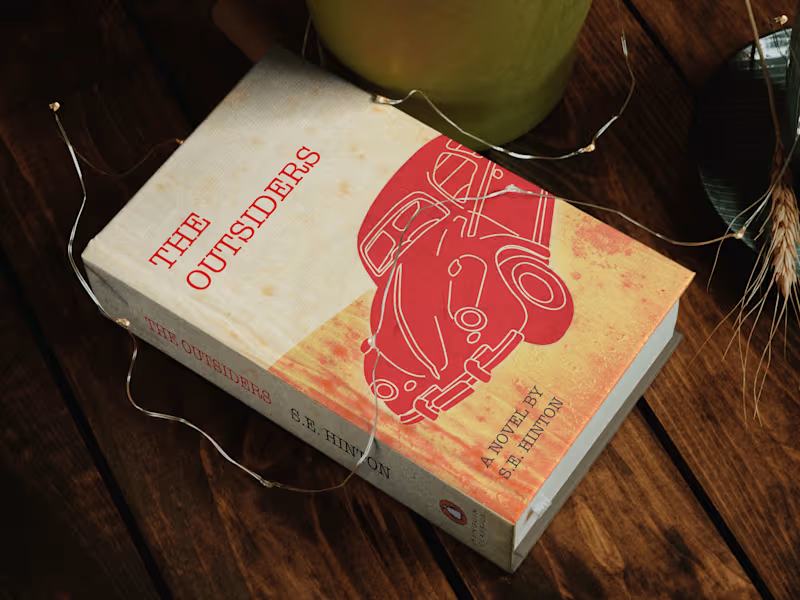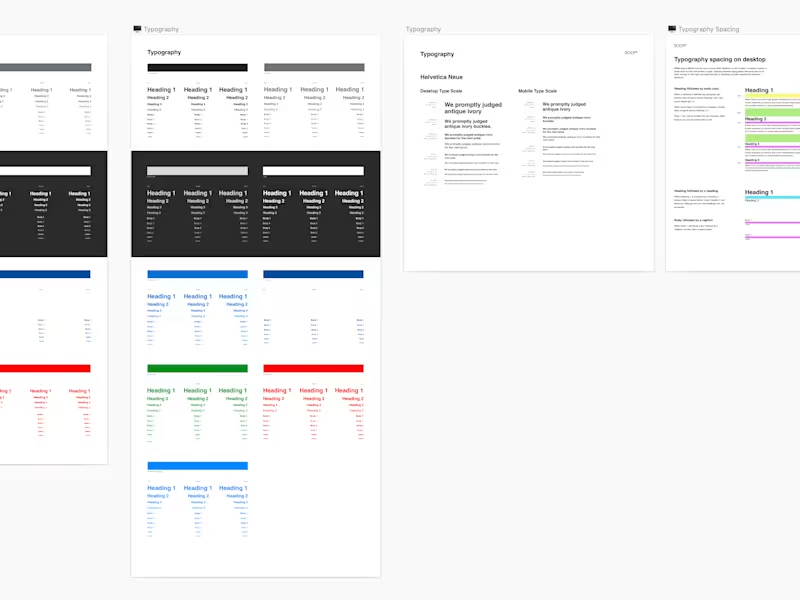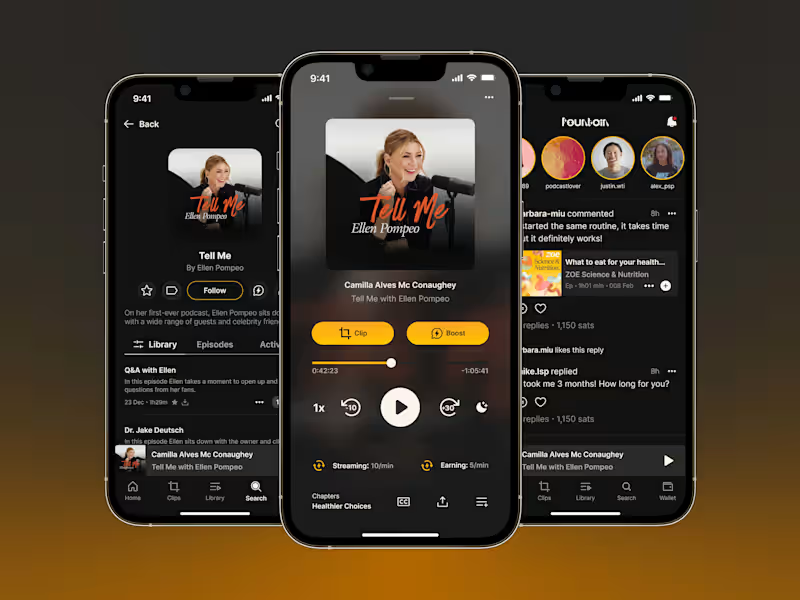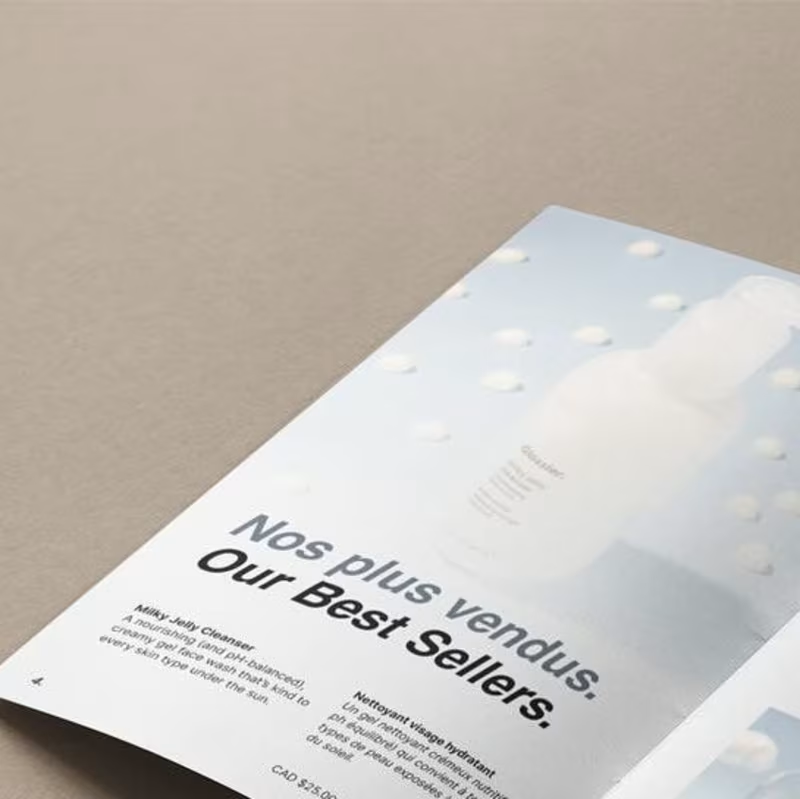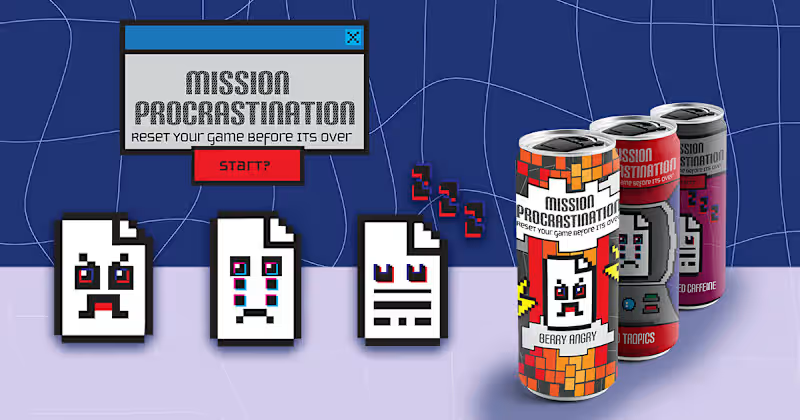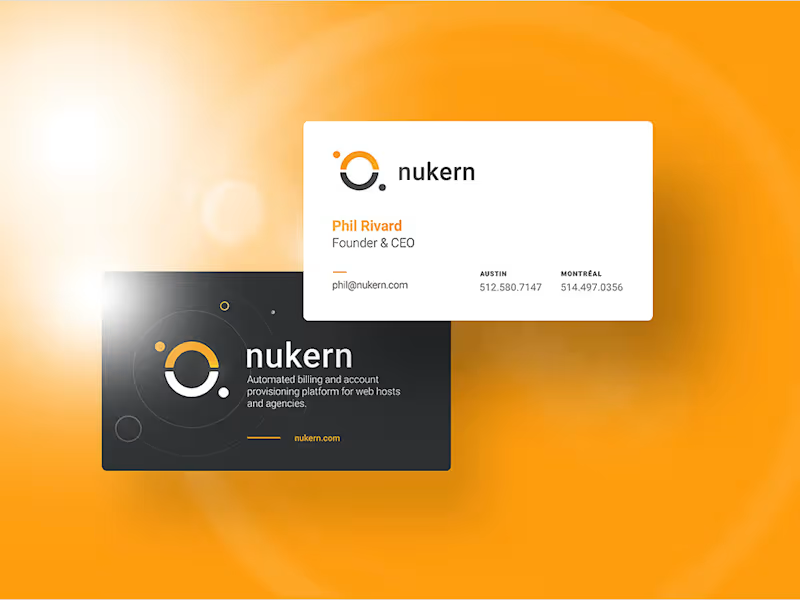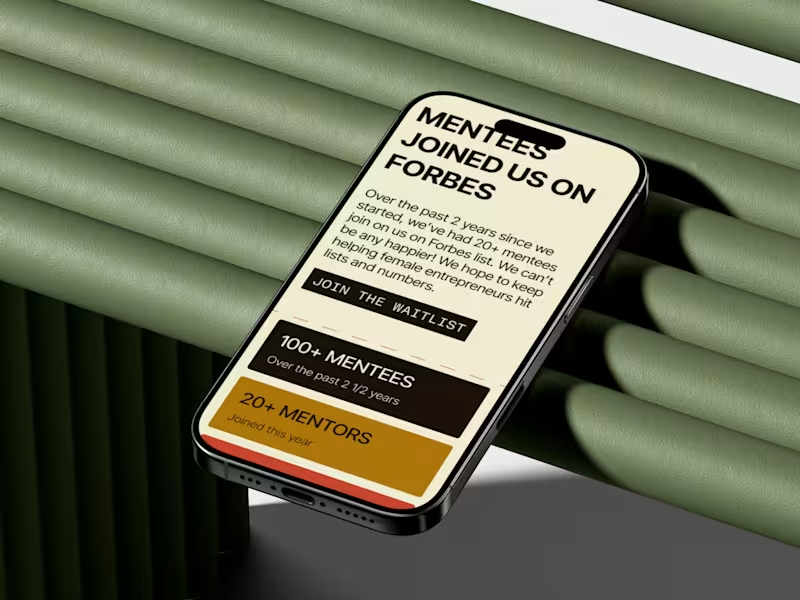What should I discuss with a print designer before starting a project?
Talk about the project goals and deadlines with the print designer. Be clear about what you want designed, like brochures, business cards, or posters. Discuss the colors, styles, and themes you prefer. Agree on the number of revisions allowed and timeline for drafts. Clear communication helps start the project smoothly.
What deliverables should I expect from a freelance print designer?
Expect a freelance print designer to give you final design files. These should be high-quality formats suitable for print like PDF or TIFF files. They should also offer drafts or sketches during the design process. This helps you give feedback and make changes early. Ensure they provide all files needed for the print shop.
How do I make sure the design files are ready for printing?
Check that the print designer provides files with the correct resolution and color settings. Print files need to be at least 300 DPI, which means they are very clear and detailed. The color profile usually should be in CMYK for printing. Ask the designer to include crop marks and bleeds if necessary. This ensures your design prints correctly.
What is the typical process for a print design project?
A print design project usually starts with a briefing session. You'll discuss your goals and details with the designer. The designer will then create drafts or mock-ups for your feedback. After revisions, they work on the final design. The last step is delivering the files ready for print, ensuring everything is set for production.
How important is it to set a deadline with a freelance print designer?
Setting a deadline with a freelance print designer is very important. It helps both you and the designer manage time well. Be clear about when you need drafts and final designs. Deadlines ensure the project keeps moving forward and gets finished on time. This helps avoid any stress or rush before your materials need to be printed.
How can I ensure good collaboration with a print designer?
To have good collaboration, maintain clear and open communication. Be responsive to their questions and feedback. Share your ideas and expectations at the start of the project. Regular updates and meetings can help avoid misunderstandings. This ensures the design meets your needs and vision.
Why is understanding a print designer's style important?
Understanding a freelancer's style helps you choose someone who fits with your vision. Every designer has a unique way of creating designs. Look at their previous work to see if their style matches what you want. This makes sure you're both on the same page from the start. It leads to a more successful project and design.
What skills should I look for when hiring a freelance print designer?
When hiring a freelance print designer, look for creativity and attention to detail. The designer should have strong skills in graphic design software like Adobe InDesign or Photoshop. They should also have a good understanding of color theory and typography for print media. Experience with print production processes, such as understanding paper types and print settings, can also be important. Check their portfolio to ensure they've completed similar projects before.
How can I check a print designer's experience through their portfolio?
Ask to see a freelance print designer's portfolio before hiring them. Look for examples of projects similar to what you need done. Check the quality and detail in their past work. Notice how they use colors, fonts and images. A diverse portfolio shows that the designer can handle different types of projects.
Who is Contra for?
Contra is designed for both freelancers (referred to as "independents") and clients. Freelancers can showcase their work, connect with clients, and manage projects commission-free. Clients can discover and hire top freelance talent for their projects.
What is the vision of Contra?
Contra aims to revolutionize the world of work by providing an all-in-one platform that empowers freelancers and clients to connect and collaborate seamlessly, eliminating traditional barriers and commission fees.





























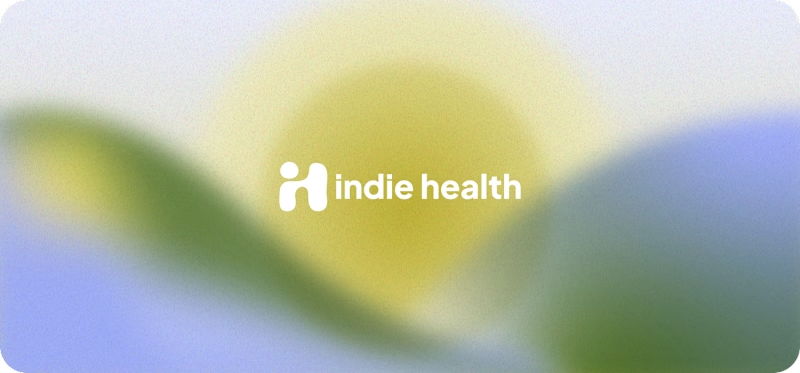
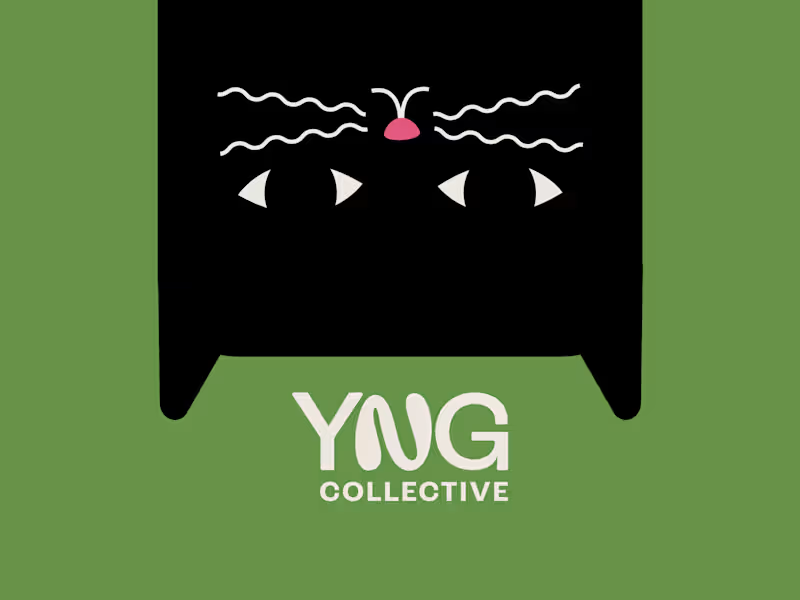



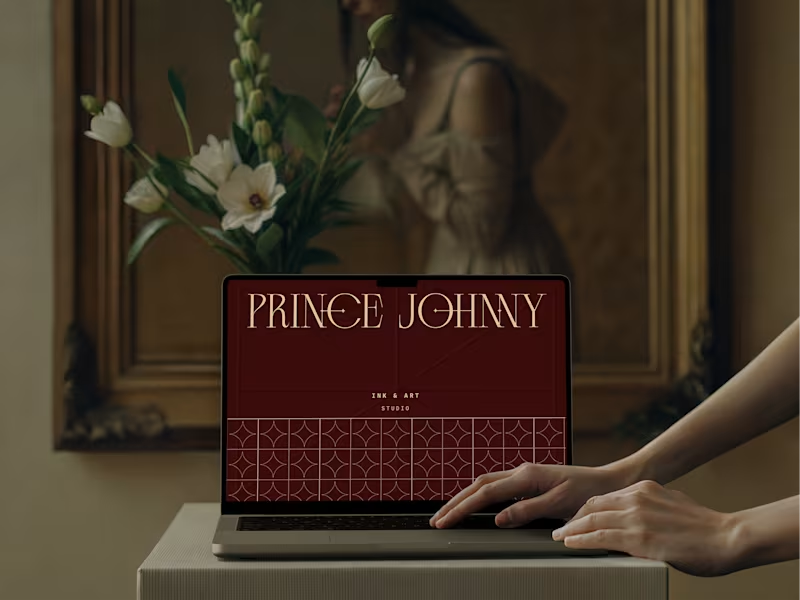
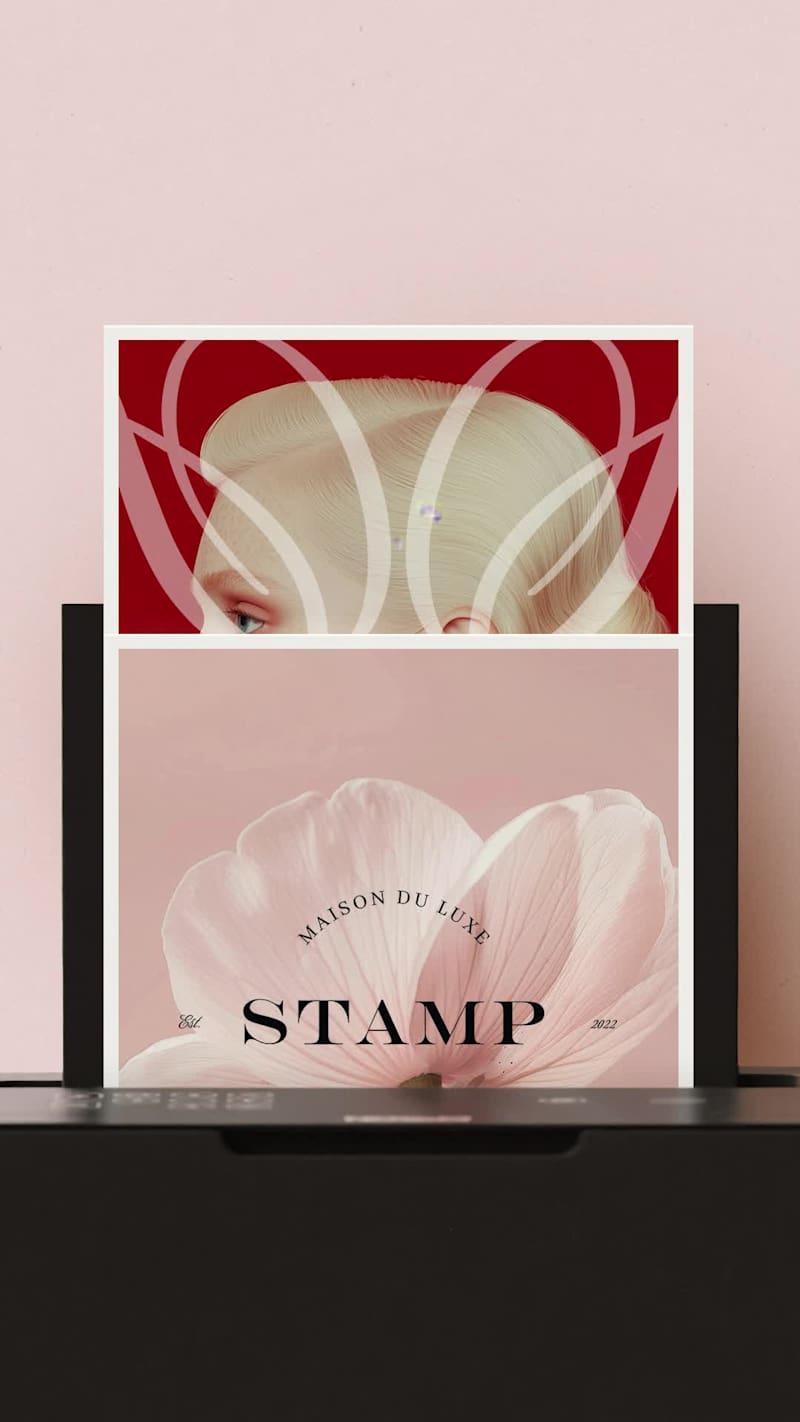

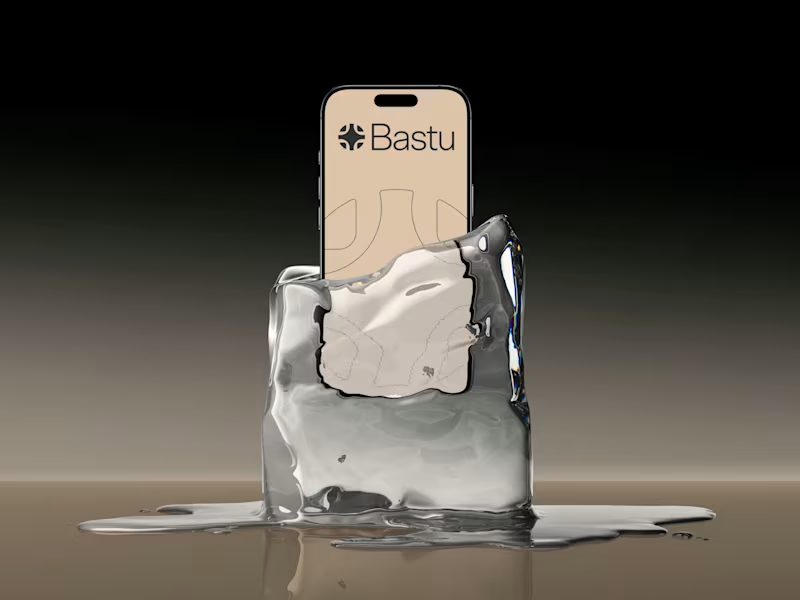

![Cover image for 📦 [Packaging Design] Companion Candles](https://media.contra.com/image/upload/w_800,q_auto/k47mknsmlmdbdnnhqtlw.avif)
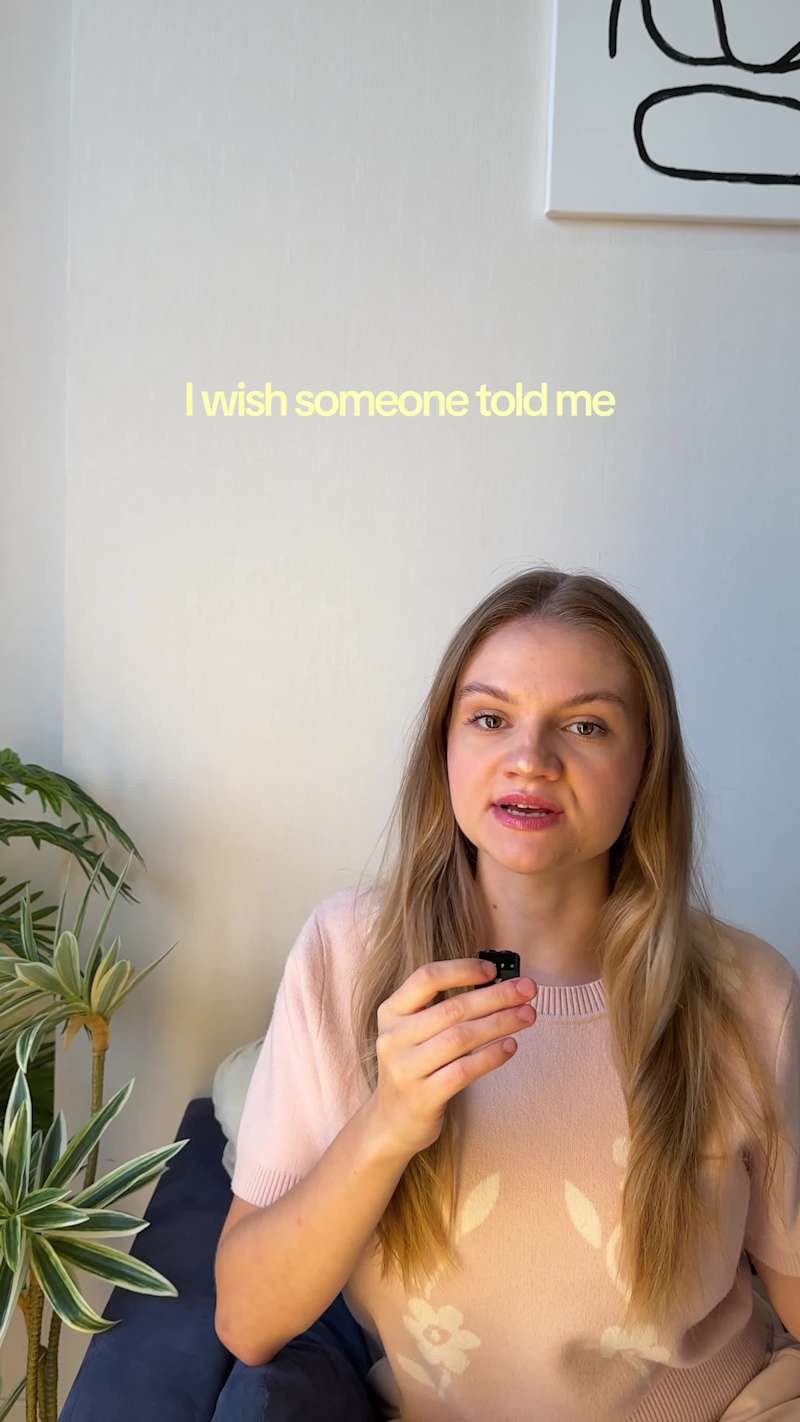
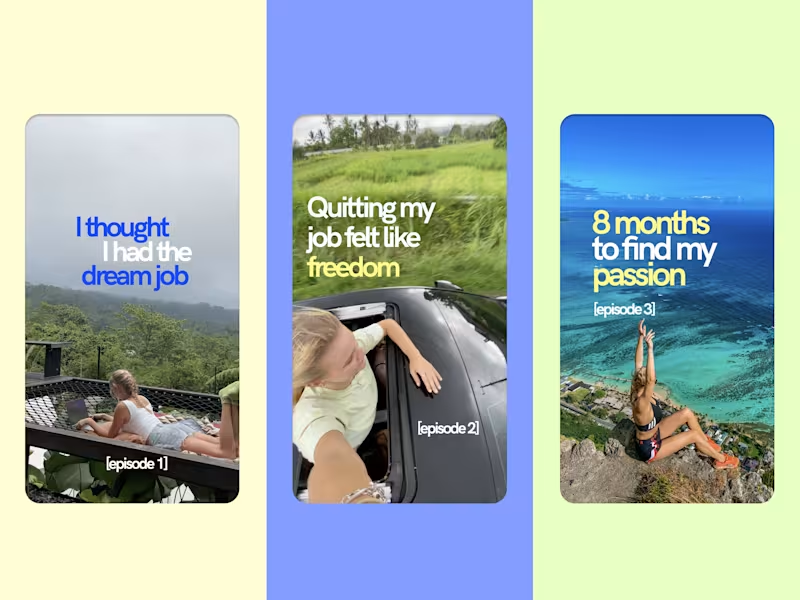


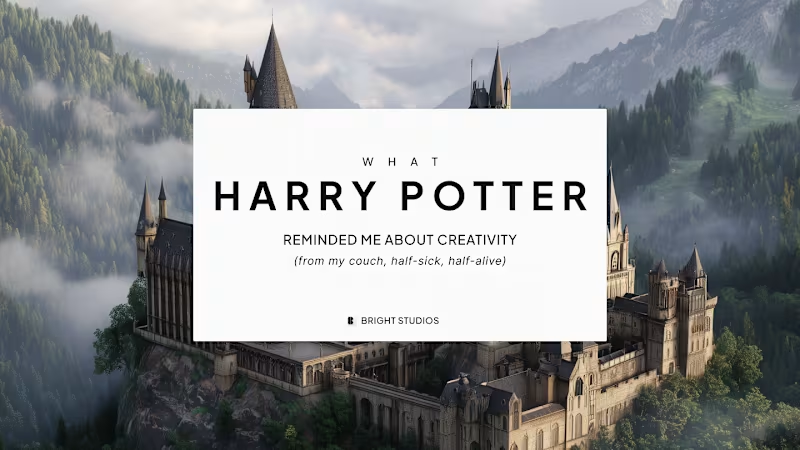
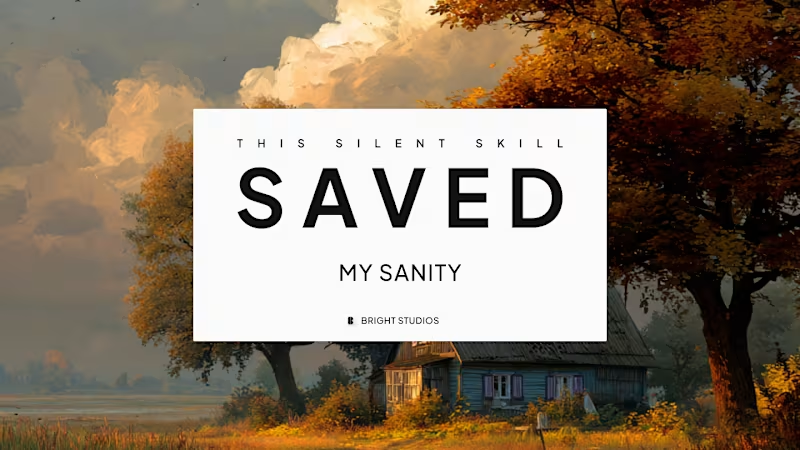
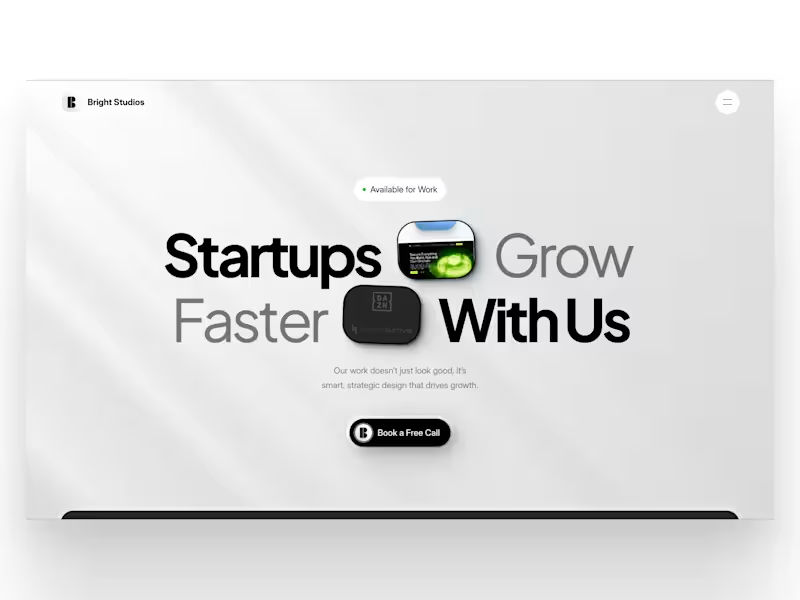


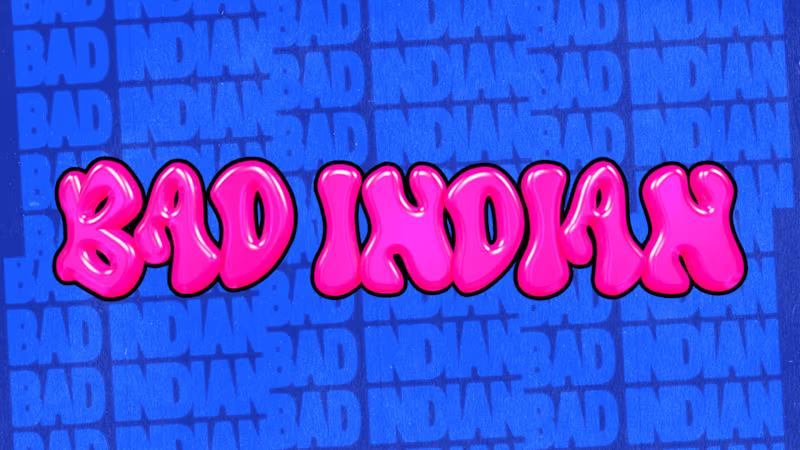












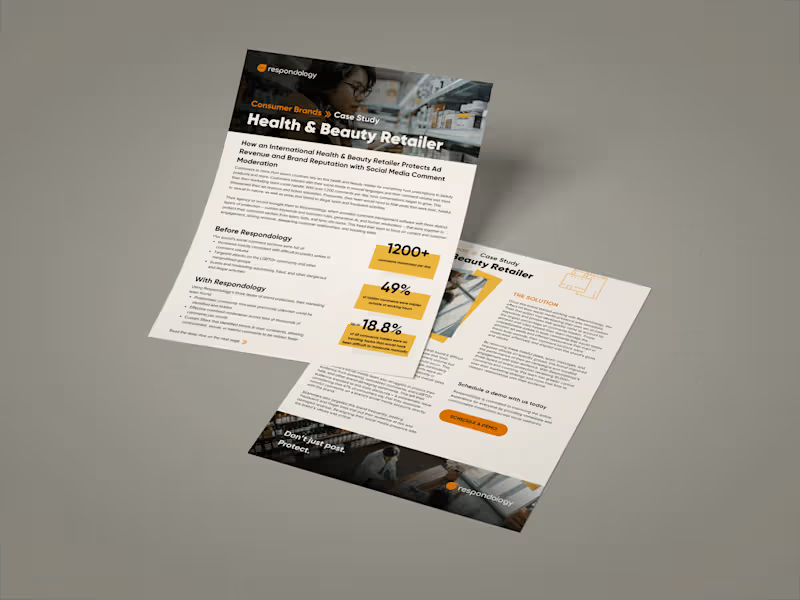
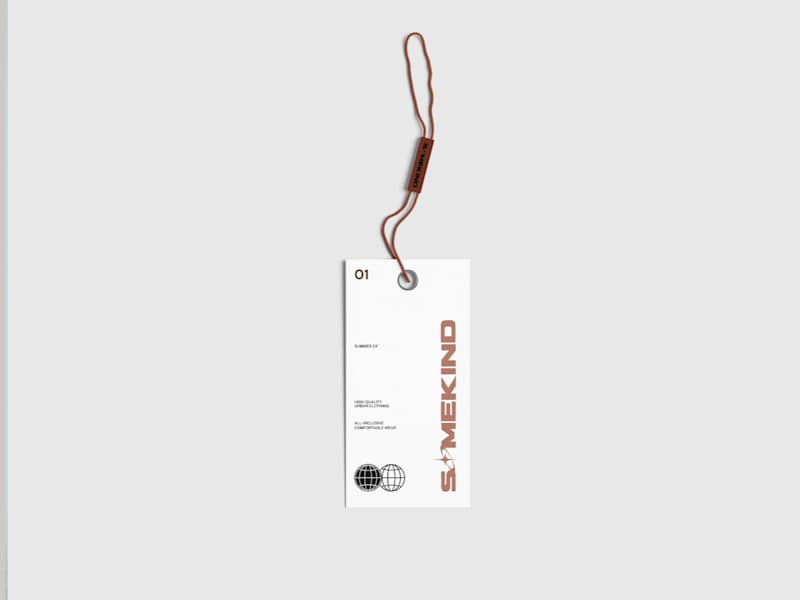
![Cover image for 📔 [Product Branding] Hewwi](https://media.contra.com/image/upload/w_800,q_auto/ihygzsreyrzafaz6vnbx.avif)

